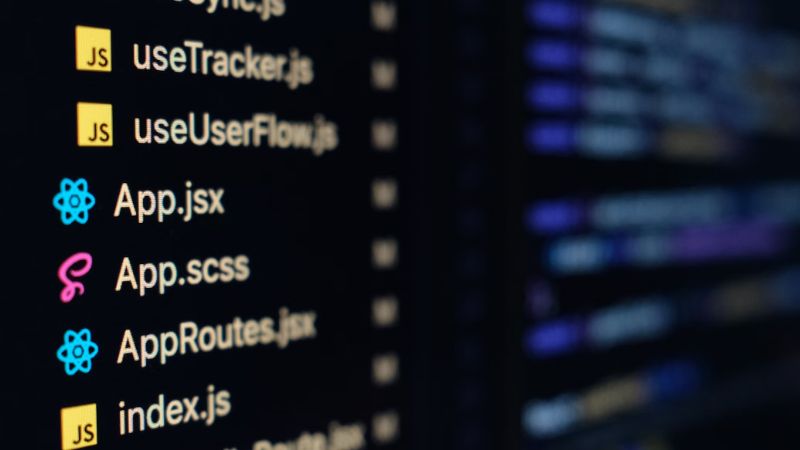
React, famed for its declarative syntax and efficient component-based architecture, has become more advanced, thanks to the inclusion of hooks. They enable developers to use state and other React features without having to write a class.
With the inclusion of advanced React hooks, applications and websites can be faster, more efficient and easier to use. As the demand for React developers increases, learning advanced React hooks is necessary to stay ahead in the industry.
After learning the basics, React developers are expected to already understand how React’s components, state and props work. They should have no further problems in using all of JavaScript’s objects, arrays, and functions at this stage. At this stage, they can also begin using advanced hooks.
Top advanced React hooks
While basic hooks like useState and useEffect are sufficient for some cases, unlocking the full potential of React involves delving into advanced hooks. Here are some of the most popular advanced hooks.
useReducer
useReducer is a game-changer when it comes to handling complex state logic. Compared to useState, which is more suitable for simple state updates, useReducer excels in scenarios where state transitions involve intricate business logic.
By employing a reducer function, developers can encapsulate and manage state transitions more effectively.
useContext
For managing global states or configurations without prop drilling, useContext is indispensable. By creating a context and utilizing it within components, developers can streamline state access and enhance the scalability of their applications.
useMemo and useCallback
In the pursuit of optimal performance, memoization becomes essential. useMemo and useCallback are designed for memoizing values and functions, respectively. This prevents unnecessary recalculations, helping to create more efficient React components.
Furthermore, useMemo allows developers to optimize the components’ performance with only expensive computations for specific value changes.
useLayoutEffect
UseLayoutEffect is particularly important for scenarios where layout-related effects are critical. It operates synchronously after all DOM mutations, making it suitable for actions dependent on the layout before the browser paints. In addition, useLayoutEffect helps developers in several instances, such as measuring DOM elements and animating or transitioning elements.
Ways to master advanced React hooks
After knowing different examples of advanced React hooks, you should consider doing the following to master these hooks.
Numerous online or offline courses offer interactive courses dedicated to React hooks. These courses often provide hands-on exercises and real-world examples to reinforce your understanding. Many of these courses are also designed to match developers’ time availability and needs, which makes investing in these courses a viable option for aspiring React developers.
Apply your knowledge by working on practical projects. Real-world application of advanced hooks helps solidify your understanding and exposes you to different use cases. While participating in advanced courses can expose you to different advanced React hooks, hands-on experience in using React for apps and websites of different niches can help you.
You can join the vibrant React community on forums, social media, and platforms like Stack Overflow. Engaging with fellow developers, asking questions, and sharing your experiences can provide valuable insights and accelerate your learning.
These communities can also give you information about the newest hook trends because many of the community members use these functions regularly.
Lastly, you can join open-source React projects and make your contributions. This exposes you to different coding styles and collaborative development practices where you can train your real-life experience. Not to mention, many skilled React developers also start their experience by participating in these projects.
